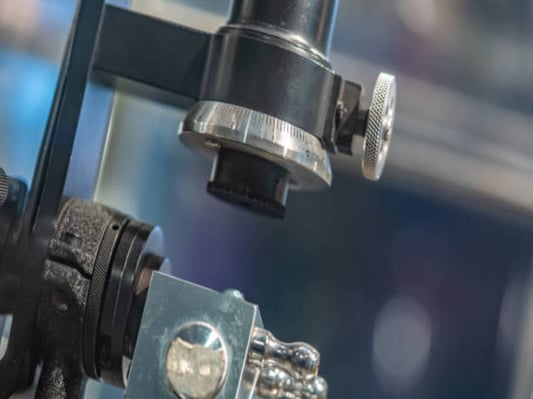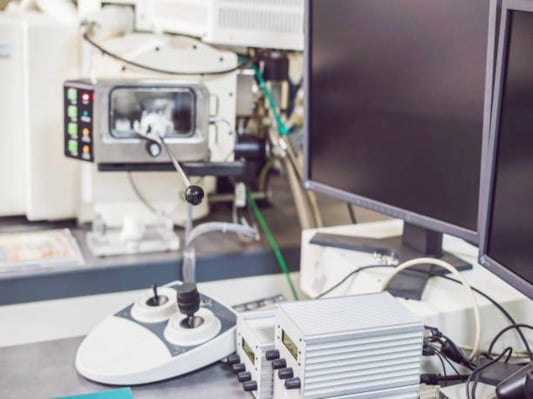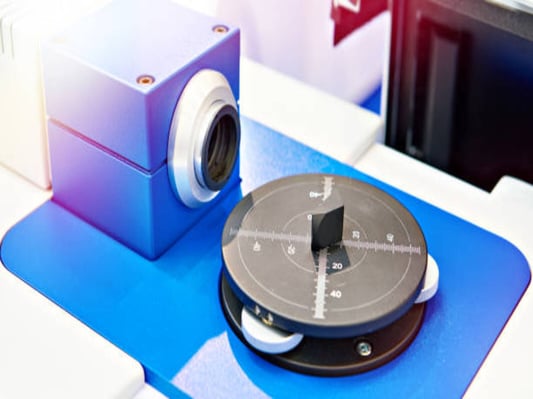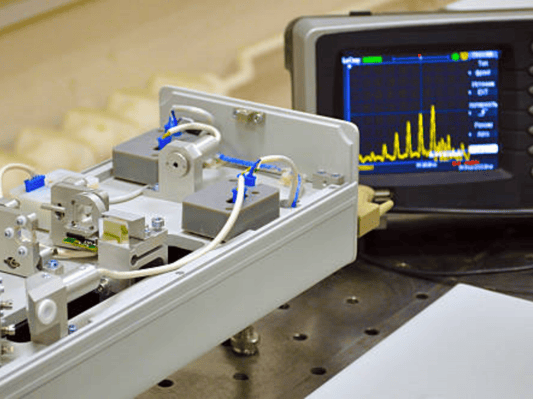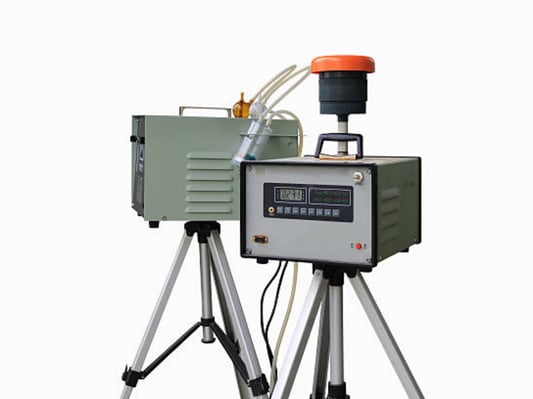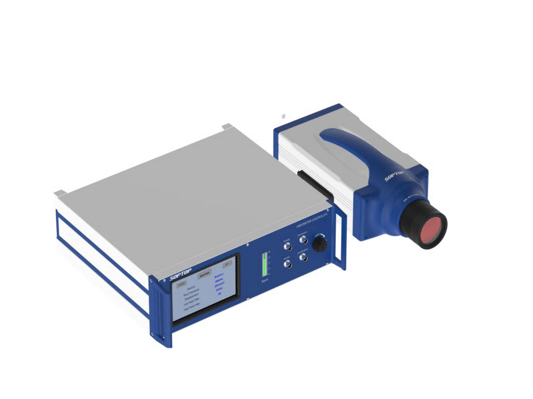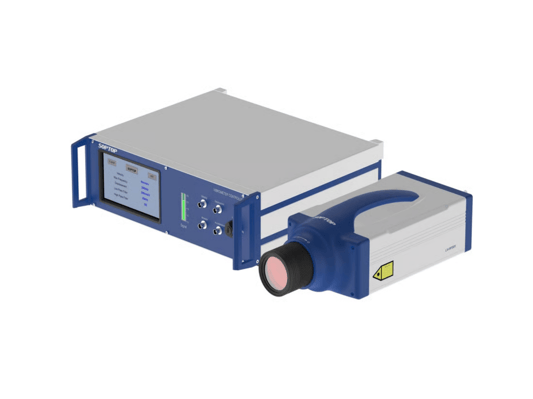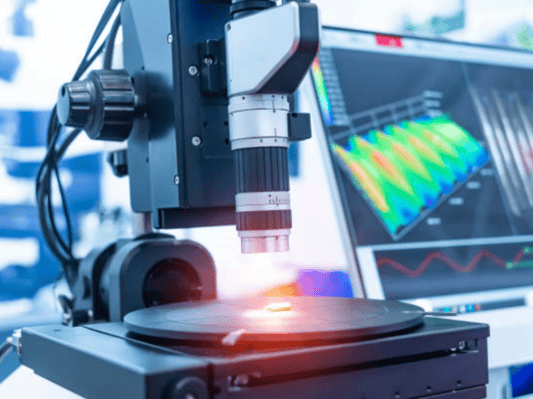What is microscopic vibration measurement?Microscopic vibration measurement is the process of quantifying small-scale vibrations in various materials and structures. These vibrations are typically too small to be detected by the human eye, making specialized equipment and techniques necessary for accurate measurement.The Role of Microscopic Vibration Measurement in Quality AssuranceIn precision instruments and delicate machinery, even the slightest vibration can have a significant impact on performance. Microscopic vibration measurement plays a crucial role in quality assurance by ensuring that these instruments meet the necessary standards for accuracy and reliability.Techniques Used in Microscopic Vibration MeasurementThere are several techniques used in microscopic vibration measurement, including laser Doppler vibrometry, accelerometers, and piezoelectric sensors. These tools allow for precise measurement of vibration frequencies and amplitudes, providing valuable data for analysis and troubleshooting.Applications of Microscopic Vibration MeasurementMicroscopic vibration measurement is used in a wide range of industries, including aerospace, automotive, electronics, and medical devices. In aerospace, for example, precise vibration measurement is essential for ensuring the structural integrity and performance of aircraft components.The Impact of Environmental Factors on Microscopic Vibration MeasurementEnvironmental factors such as temperature, humidity, and air pressure can have a significant impact on microscopic vibration measurement. Calibrating equipment and accounting for these variables are essential for obtaining accurate and reliable data.Challenges in Microscopic Vibration MeasurementOne of the primary challenges in microscopic vibration measurement is the need for extremely sensitive equipment capable of detecting small vibrations. Background noise and interference from external sources can also pose challenges in obtaining accurate measurements.The Future of Microscopic Vibration MeasurementAdvances in technology continue to drive innovation in the field of microscopic vibration measurement. Research is ongoing to develop new techniques and tools that can provide even more precise and reliable data for a variety of applications.Benefits of Accurate Microscopic Vibration MeasurementAccurate microscopic vibration measurement can lead to improved product quality, increased efficiency, and enhanced safety in various industries. By detecting and analyzing small-scale vibrations, manufacturers can identify potential issues before they escalate into more significant problems.Training and Education in Microscopic Vibration MeasurementTraining and education in microscopic vibration measurement are essential for professionals working in industries where precision is crucial. Understanding the principles behind vibration measurement and mastering the use of specialized equipment are key to ensuring accurate and reliable results.ConclusionIn conclusion, microscopic vibration measurement plays a vital role in ensuring the quality and performance of precision instruments and machinery. By utilizing advanced techniques and tools, professionals can accurately measure small-scale vibrations and take proactive steps to address any issues that may arise.Quote Inquirycontact us


